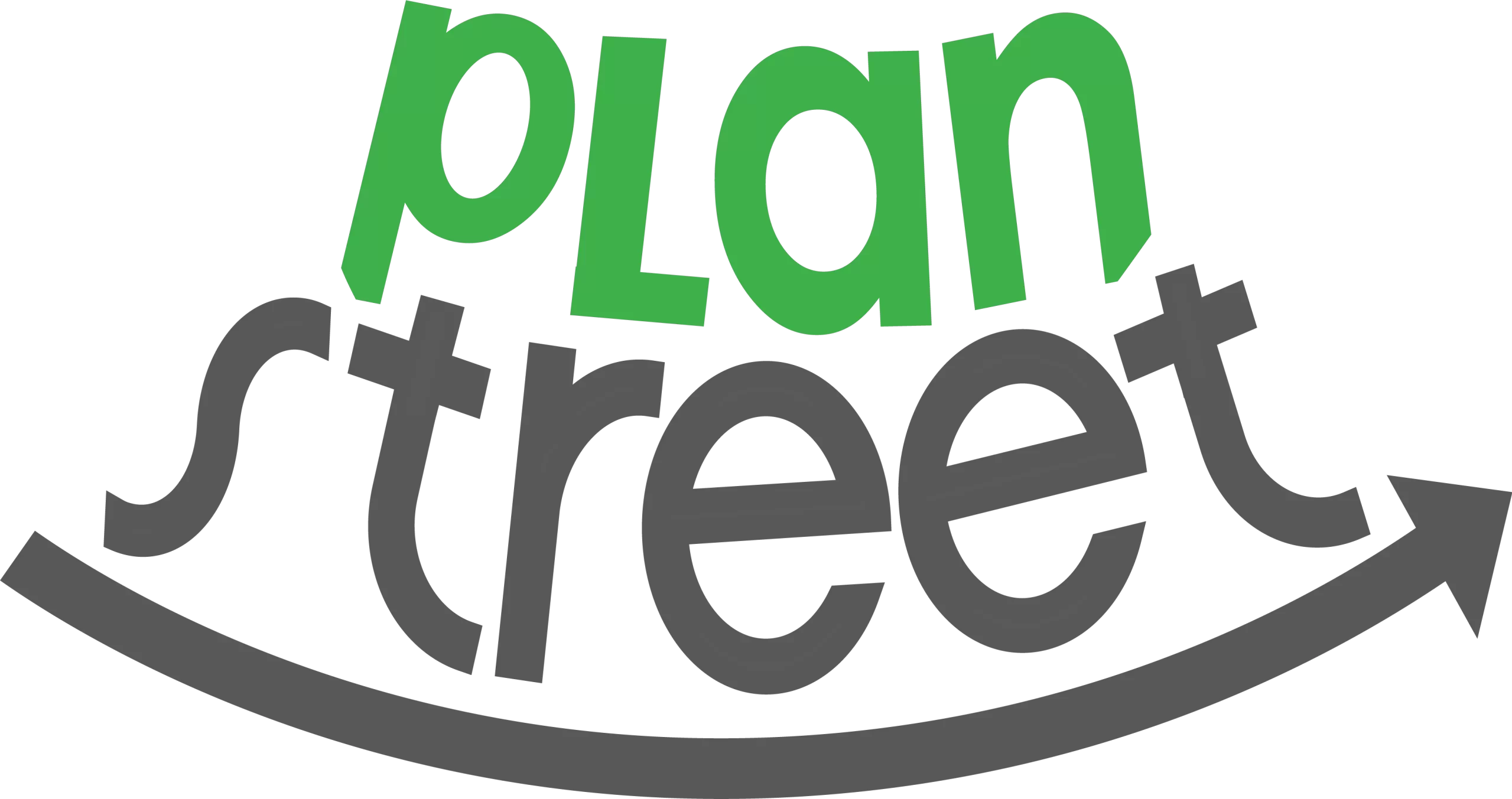6 Ways Technology Helps Social Workers

Technology is advancing rapidly, with people quickly adopting innovations. The first iPhone came out in 2007, and now there are 6.94 billion smartphones worldwide. This accounts for 85% of the global population.
Similar to smartphones, technology for social good is another growing area. This type of technology works toward helping people holistically. It’s not just about delivering services to a client for social workers; it’s tackling complex social issues beyond a service.
This type of technology focuses on the public interest and what will benefit society as a whole. This is different from commercial technology, which focuses on the interests of a business or entity.
As we start a new year, let’s discuss the possibilities of how different types of technology can benefit social workers and aid them in their journey of promoting social good.
Table of contents
- NASW Technology Standards for Social Work Practice
- Technology-Assisted Case Management: 6 Possibilities
- 1. Mobile Applications Deliver Information to Social Worker’s Fingertips
- 2. Virtual Reality for Improved Education
- 3. Telehealth Services Technology for Social Impact
- 4. Streamlined Case Management Systems Through Software
- 5. Client Portals Increase Communication and Engagement
- 6. Analytics Improve Case Management Technology
- Implement PlanStreet’s Case Management Technology for Social Good
NASW Technology Standards for Social Work Practice
As technology has evolved, the NASW (National Association of Social Workers) compiled a list of Standards of Technology for Social Work Practice. Before any social worker implements a new technology, it’s imperative that they understand these practices. This ensures the safety of themselves and their client’s data and personal information.
The technology standards outline the following four sections:
- Provision of Information to the Public
- Designing and Delivering Services
- Gathering, Managing, and Storing Information
- Social Work Education and Supervision
All of this guidance was developed with the assistance of three other relevant organizations: ASWB (Association of Social Work Boards), CSWE (Council on Social Work Education), and CSWA (Clinical Social Work Association).
The standards are evolving as new technology for social workers develops. Social workers must follow these organizations to stay abreast of standards to remain compliant with their practice.
Technology-Assisted Case Management: 6 Possibilities
A large bulk of a social worker’s day is case management, creating service plans for their clients. This time-consuming activity can take away from critical face-to-face time with clients to hear their needs and brainstorm the best course of action. However, emerging technology allows social workers to complete tasks in less time.
The COVID-19 pandemic accelerated the adoption of technology, forcing social workers to utilize digital services to avoid unnecessary contact. But this had a silver lining: tools such as analytics optimized decision-making and paved the way for improved technology for social impact.
1. Mobile Applications Deliver Information to Social Worker’s Fingertips
Now that smartphones are so widely used in all areas of life, applications have been developed that give social workers access to critical information. Sometimes, a social worker may need to look up a symptom, get directions to an appointment, or even secure assistance with a particularly challenging client.
Some mobile applications that increase productivity and problem-solving for social workers are:
- DSM-5-TR® Diagnostic Criteria Mobile App: Created by the American Psychiatric Association, this is a mobile version of the DSM-5. A full-offline mode ensures that social workers can use this interactive resource to assess and diagnose psychiatric conditions from any location.
- The Savvy Social Worker App: Allows users to easily search evidence-based practices and best practices for new developments in social work. The app cites information channels in an e-reader format, and users can select their preferred sources to follow.
- Thought Diary Pro: Identifies cognitive distortions so that unhelpful thought processes can be identified and corrected. Clients can use this to record their thoughts and it can help social workers find cognitive distortions.
- Google Translate: This free service from Google can translate text or speech from one language to another. While social workers may use an interpreter, this can be a helpful tool if a client or client’s family member speaks a different language fluently.
- Calm: 40% of social workers struggle with depression. Calm is a meditation app that offers a wide range of videos and recordings, from three minutes long to over an hour. Social workers can use these meditations in between seeing clients to relieve stress and anxiety that often leads to depression.
2. Virtual Reality for Improved Education
While it may happen before the case management process, education is key to ensuring that social workers can effectively create plans and deliver services for clients. An emerging technology in the field of social work education is virtual reality.
Social workers often arrive on someone’s doorstep uncertain of what they will experience once they go inside. Virtual reality can give students the experience of meeting with a client in crisis before actually doing so in practice.
The University of Kentucky’s College of Social Work has recently implemented these techniques. They use VR to help students learn how to navigate home environments and assess if children are safe or not.
This type of work allows students to gain critical experience in an alternate reality so they’re better prepared for the difficult situations they will come across in case management.
3. Telehealth Services Technology for Social Impact
Servies such as Zoom leaped into popularity after the pandemic. Zoom itself saw 355% growth after the second quarter affected by the pandemic. Telehealth, which is the practice of offering health services over video conferencing, boomed as well. People still needed services such as mental health counseling, but it wasn’t safe to do so in person. So, these were transferred to a virtual environment.
Telehealth services can address some disparities found in healthcare. 91.7% of American households own at least one car, but 97% of people own a cellphone and 80% of all US households have access to the internet. Meaning, that more people can access teleservices easily than there are people who can drive to an appointment.
Telehealth services give more people an opportunity to secure the services needed. However, there are still equity issues in telehealth. Many people who may need case management servies don’t have access to video-sharing technology and may have less reliable internet.
There may be digital literacy issues as well, especially in older populations, where they are unable to operate a computer, tablet, or smartphone by themselves. Healthcare providers must continue to brainstorm solutions to these issues to achieve true equity.
4. Streamlined Case Management Systems Through Software
One of the biggest developments in social work technology is case management system software. This allows all of the data collected in the case management process, such as notes, intake forms, services planning, and more, to be stored in one place. Then, it can be accessed on a computer, tablet, or smartphone, allowing case managers to complete their work from anywhere.
Case management technology streamlines day-to-day tasks. Form builders allow social workers to customize as needed, but give them a solid starting place with pre-created forms. E-signatures allow social workers to collect signatures in seconds, rather than wait days for the post to deliver a signed document.
Organization is another key benefit of case management software. It can be easy to lose track of written notes or miscommunicate about what services have been performed for a client.
With every key detail located in the software, multiple case managers can read each other’s notes and see calendar schedules to obtain clarity on what has or hasn’t been completed for a shared client. This prevents wasted time on emails, phone calls, and more, and gives social workers more time to focus on fulfilling clients’ needs and concerns.
5. Client Portals Increase Communication and Engagement
A client portal is the client-facing side of case management software. Clients may feel the need to ask a social worker questions or relate their concerns but have difficulty reaching them through traditional methods such as a phone call.
It’s not a social worker’s fault; many of them are overworked. For example, the average CPS case worker in the United States tackles 64 cases per year; that’s more than one per week.
A client portal allows a client to secure the information they need when they need it, not just when a social worker is available. Client portals such as PlanStreet offer form submissions so that clients can fill out forms and review past paperwork in the portal.
There are scheduling tools so that clients can request appointments with case managers. Messaging and commenting features allow for seamless collaboration between clients and case managers. Client portals allow the client to take action and secure the answers they need now rather than later.
6. Analytics Improve Case Management Technology
When first adopting technology, case managers won’t know exactly which tools work best for them. The right case management software will offer powerful analytics and reporting. Organizations can create tailored reports to suit their needs. They can assess their data and see which practices are working and which ones need improvement.
These reports can be made in customizable dashboards, and viewed in charts and graphs. Create powerful financial reports for donors for a non-profit or to address requirements for a grant. This information also points out which implemented technology is worth the cost and which ones should be terminated.
Implement PlanStreet’s Case Management Technology for Social Good
Social workers need tools that allow them to optimize every minute of their day. PlanStreet’s case management system software mirrors the key components of case management to streamline processes:
- Intake: Helps social workers gather the maximum information possible in initial meetings through robust intake forms.
- Needs Assessment: Work further with the client to start their case board and brainstorm how to dig deeper into needs brought up during intake.
- Service Planning: Create a service plan and schedule appointments. Internal calendars and case boards keep clients and social workers on the same page.
- Monitoring and Evaluation: Messaging features make it easy for social workers to follow up with clients for service tracking.
Learn more about how your organization can implement PlanStreet’s case management technology to save time and money for your social workers by scheduling a live demo today.
